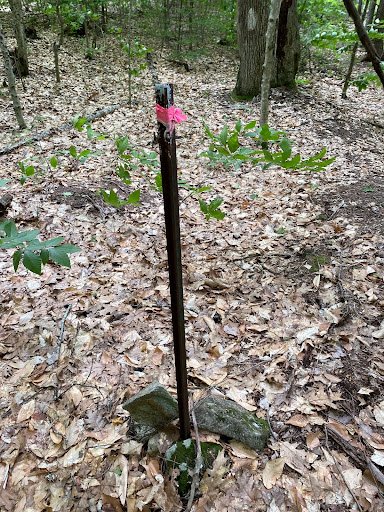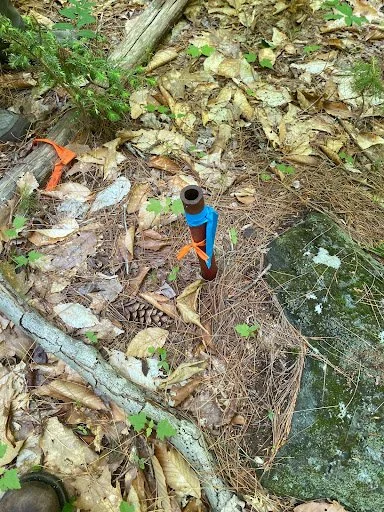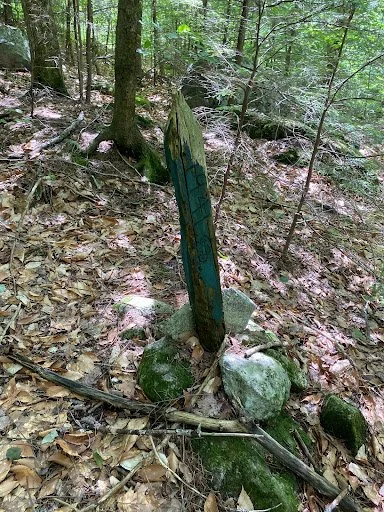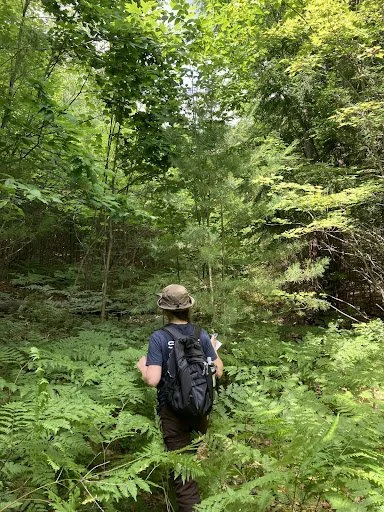Have you ever noticed the flagging tape while hiking out in the woods? Sure, I’d seen it before serving here. However, I had always figured it was someone else’s project and none of my business. I’ve recently come to realize that this flagging is more important than I originally thought.
Serving at the Squam Lakes Conservation Society has already given me so much insight into the monitoring process of protected lands. Before I applied for this position, I had never heard the term conservation easement before. A conservation easement is a legal agreement between a landowner and easement holder that the landowner may own their land but not all the rights normally associated with owning land. Particularly, a conservation easement restricts certain developmental rights of the landowner with the purpose of conserving the land.
Before and after a land trust acquires an easement, they will monitor the site. This helps us get a good baseline idea of what resources the land is providing and how they change throughout the years. We try to look for plant and animal species, structures, and natural features that are on this piece of land. One of the most important parts of monitoring is searching for boundary markers. This could be an iron pin, a wooden stake, a tree, a rock, a metal rod, etc. These were put in place by surveyors when they were establishing boundaries of land ownership. They are important to conservation easements because they mark which areas are protected in the legal agreement.
Boundary markers have such a unique history as they could have been placed at any time. I find it interesting to see the change in markings throughout the decades. A survey that took place in the 1940s is going to have a different looking map and different boundary markers than a survey that is taking place in the 2020s.
These boundaries are important to land conservation. Land owners all manage their land differently and that can be apparent with time. At these boundaries, we can sometimes see significant distinctions between two pieces of land: one that was conserved and one that wasn’t. How we protect land will be reflected greatly by upcoming generations. This land is a resource we need to protect so future generations can benefit from it the same way we have. I encourage you to keep an eye out for these boundary markers next time you’re out for a hike in the woods. Maybe consider what these are being used for. Take the time to consider how you’re using this land and appreciate the resources it provides you.
Emerson is a Half-Time member serving with Squam Lakes Conservation Society. Before joining the LRCC, she studied Environmental Biology at University of Dayton in Ohio. Learn more about Emerson here!





